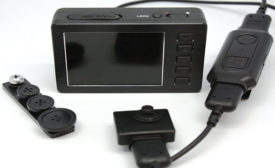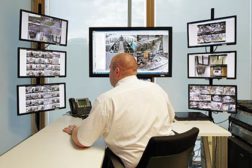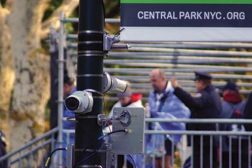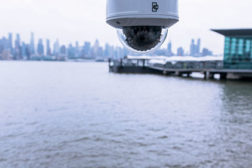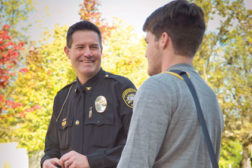Bill Zalud
Bill was the editor emeritus of Security Magazine, and he can be reached at (773) 929-6859.
ARTICLES
How the Generational Security Gap Affects Security
Despite concerns about technology, clearly Americans still have a hard time unplugging.
December 1, 2013
How Mesh Networks Form the Backbone of Smart Cities
Wireless mesh networking is not for everyone. But, when it makes business sense, it works the best.
December 1, 2013
How Emergency Messaging Aids Access Strategies
Getting the word out, correctly, in time and to the right people, is an important mission for colleges and universities.
December 1, 2013
The Good, the Bad and the ‘Almost’ Catastrophic
These days, it seems it is more what the U.S. Department of Homeland Security doesn’t do than what it does do.
November 5, 2013
Sign-up to receive top management & result-driven techniques in the industry.
Join over 20,000+ industry leaders who receive our premium content.
SIGN UP TODAY!Copyright ©2024. All Rights Reserved BNP Media.
Design, CMS, Hosting & Web Development :: ePublishing

